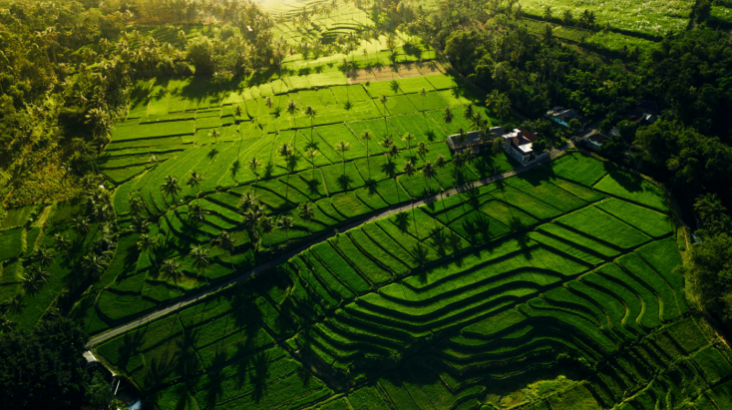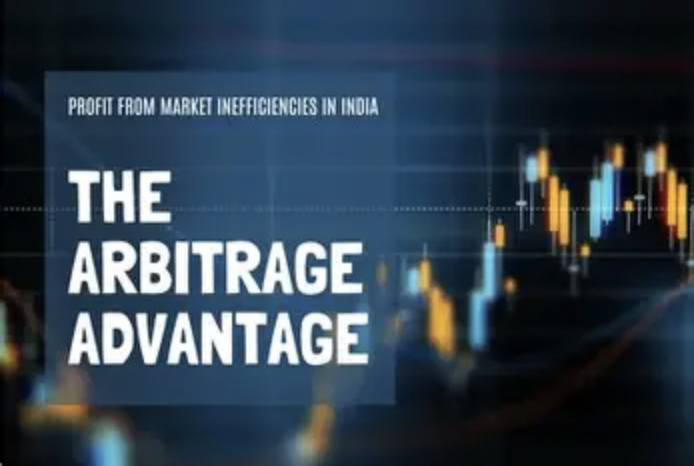On the vast territory of agricultural economy, the futures market of characteristic agricultural products is quietly rising as a new star. This financial innovation tool is reshaping the price formation mechanism of agricultural products and building a solid fortress against market fluctuations for growers, buyers and even consumers.

The market characteristics of characteristic agricultural products determine their urgent demand for risk hedging tools. Take tropical fruit as an example, its growth cycle is significantly affected by natural factors such as climate, pests and diseases, and the price fluctuation after harvest is even more unpredictable as a wave. Under the traditional agricultural products trading mode, growers often become passive recipients of price fluctuations, while buyers have to bear the great pressure of inventory depreciation. The introduction of the futures market is like installing a balance weight for this game.
In the characteristic agricultural products futures market, each variety has its own trading rhythm and risk characteristics. Taking blueberry as an example, the design of its futures contract needs to consider the climate difference in different producing areas, the picking cycle and the cost of cold chain logistics. By analyzing supply and demand data, weather forecast and international trade policy, traders can lock in future prices in advance, thus effectively avoiding the risk of price collapse caused by sudden frost or transportation delay.

The popularity of this financial tool is changing the rules of the game in the agricultural economy. On the one hand, growers can lock in their profits through futures hedging, so as to be more confident to invest in precision agricultural technology and sustainable planting practices. On the other hand, international buyers of agricultural products can use the price discovery function of futures market to plan inventory and logistics strategies in advance and reduce operating costs.
However, this emerging market is not without challenges. The trading activity of characteristic agricultural products futures often depends on the professionalism and information transparency of market participants. In the current market, it is difficult for small growers to fully participate in futures trading due to the lack of financial knowledge and trading channels. In addition, due to the small market size, some varieties are prone to price manipulation risks, which requires regulators to establish a stricter transaction monitoring mechanism.

Looking forward to the future, with the application of blockchain technology in the field of agricultural product traceability, the transparency of the characteristic agricultural product futures market is expected to be greatly improved. When the growth data of each coffee bean and each bunch of grapes can be tracked in real time, the pricing of the futures market will be more accurate and efficient. This will not only help to build a fairer agricultural financial ecology, but also inject new vitality into the sustainable development of agricultural products industry with global characteristics. Globally, more and more financial institutions and agricultural science and technology enterprises are cooperating to develop customized futures products for special agricultural products. By integrating big data analysis and climate prediction models, the risk assessment system is further optimized, which will push this market towards a more professional and intelligent direction and provide solid support for the stability and prosperity of the agricultural economy.







